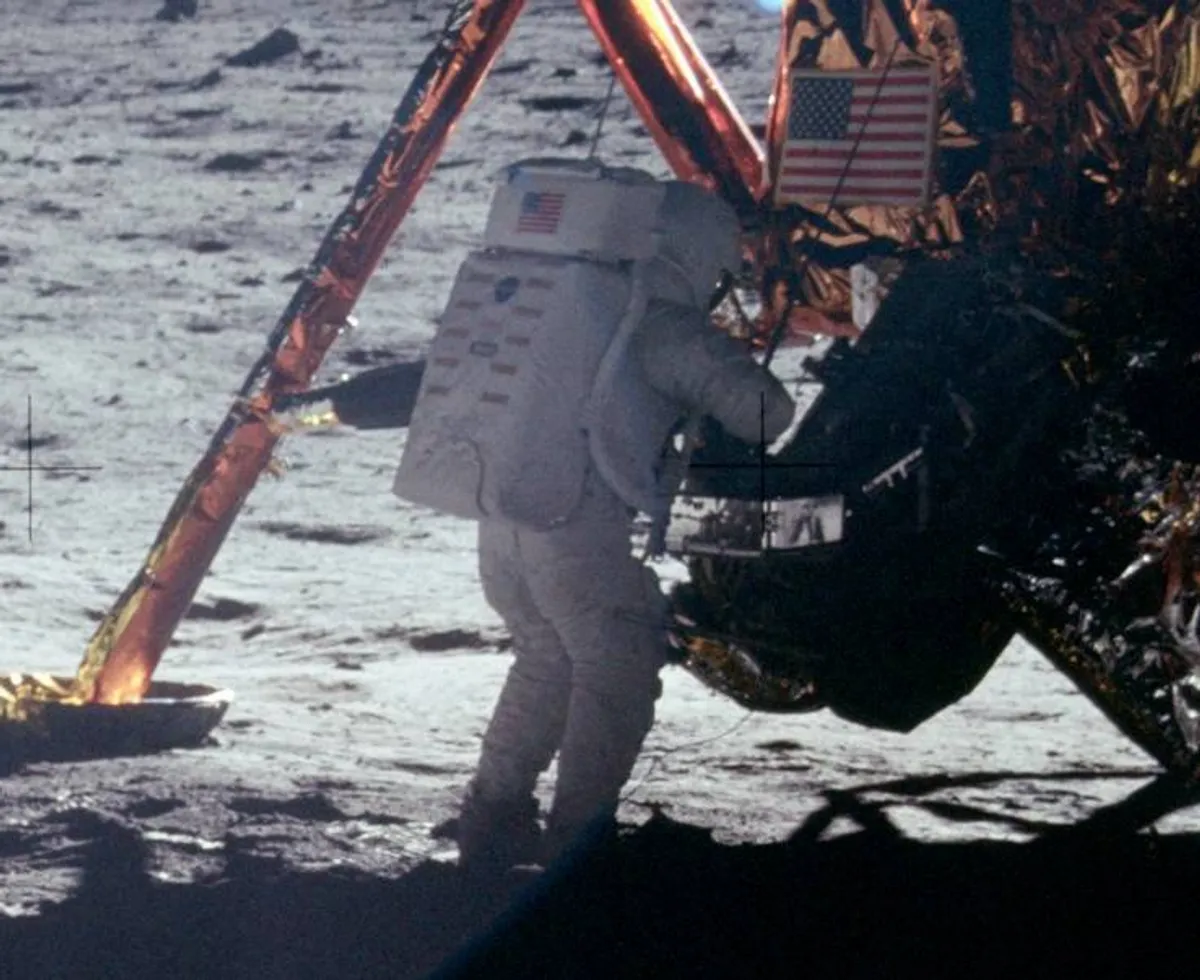
The Apollo Moon landings represent one of humanity’s greatest achievements, yet conspiracy theories persist claiming they were staged. Here’s how decades of evidence and scientific consensus refute these claims.
Historical Context
Apollo Missions Overview
Between 1969 and 1972, NASA’s Apollo program successfully landed six missions on the Moon. Astronauts conducted experiments, collected samples, and left behind scientific instruments, marking significant milestones in space exploration.
Debunking Common Claims
Photographic Evidence
Conspiracy theorists often cite anomalies in photographs, such as shadows and the absence of stars. However, these can be explained by the unique lunar surface lighting and exposure settings, confirmed by experts in photography and physics.
Footage and Broadcasts
Live broadcasts and video recordings from the Moon show astronauts in low-gravity environments, which would be impossible to replicate convincingly on Earth at the time. Independent verification by multiple tracking stations around the world also supports the authenticity of the missions.
Scientific Evidence
Moon Rocks
Over 380 kilograms of lunar rock and soil were brought back by Apollo missions. These samples have been extensively studied by scientists worldwide, confirming their distinct chemical composition and unique characteristics consistent with lunar origin.
Lunar Reconnaissance Orbiter
Modern spacecraft, like NASA’s Lunar Reconnaissance Orbiter (LRO), have captured high-resolution images of Apollo landing sites. These images clearly show lunar modules, rover tracks, and other artifacts left behind, providing irrefutable proof of human presence.
Technological Achievements
Satellite Communication
Apollo missions relied on complex satellite communication systems that transmitted data and video in real-time from the Moon to Earth. This technology was cutting-edge for its time and enabled continuous monitoring and verification of mission progress.
Rocketry and Navigation
The precision required to launch, navigate, and land spacecraft on the Moon demanded advancements in rocketry, computing, and navigation. Engineers and scientists worldwide collaborated on these technologies, leaving a legacy of innovation and achievement.
Expert Consensus
Scientific and Engineering Community
Thousands of engineers, scientists, and technicians worked on the Apollo program. Their expertise, combined with rigorous testing and simulations, ensured the missions’ success and debunked technical challenges raised by conspiracy theorists.
Independent Verification
International space agencies, astronomers, and independent researchers have corroborated NASA’s findings and data from Apollo missions. The global scientific consensus supports the authenticity of the Moon landings based on empirical evidence and peer-reviewed studies.
Conclusion
The evidence overwhelmingly supports the reality of the Apollo Moon landings. Decades of scientific research, technological advancements, and independent verification have debunked conspiracy theories and solidified humanity’s achievement of landing on the Moon. As we continue to explore space and push the boundaries of scientific discovery, the legacy of the Apollo missions serves as a testament to human ingenuity and perseverance in the pursuit of knowledge.

